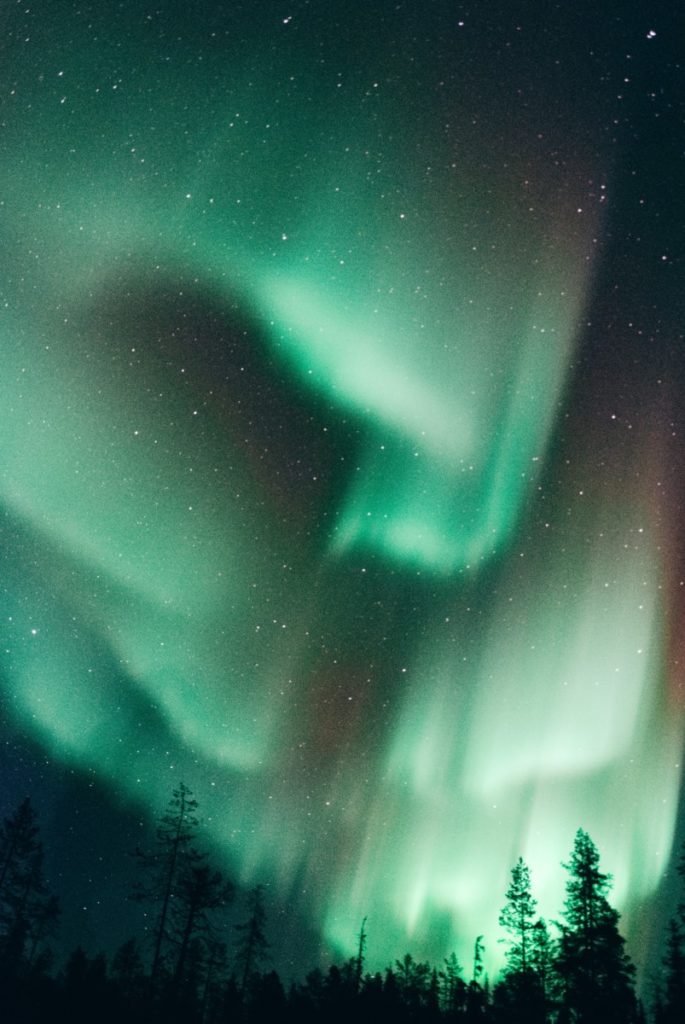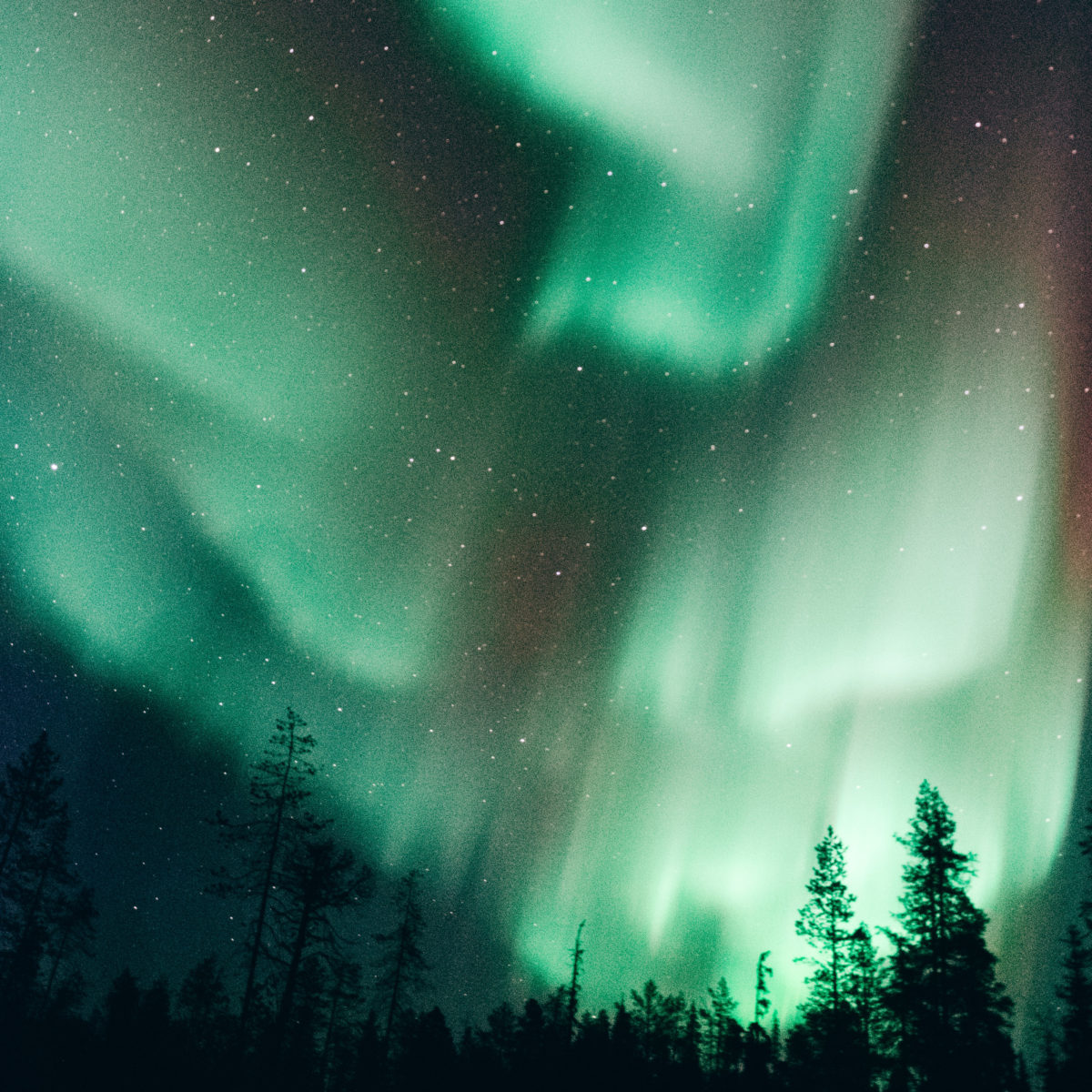 By John Preece, M.Sci., PhD
By John Preece, M.Sci., PhD
Foreword by Jacqueline Solomon, Communications Associate, CBOQ
It’s easy to think of science as the opposite of faith. Certainly science and religion have a troubled past—Galileo could tell a few stories. But what if that way of thinking is completely wrong? What if science can actually make us marvel still more at our Creator—at the enormity of creation in all its majesty?
Jesus said, “I am the light of the world. Whoever follows me will never walk in darkness, but will have the light of life.” (John 8: 12) As Creator, he would know. And while ancient people would have thought of warmth and life, there is so much more to light—and so much more to Jesus—than they knew at that moment. Which got me thinking… What is light, exactly? What does it mean to be the light of the world? It’s easy to interpret things symbolically or poetically, but what if Jesus meant it more literally as well?
For a different perspective, I asked a scientist friend—John Preece, M.Sci., Ph.D.—for his understanding of the nature of light. Here’s what he had to say (and buckle up… this gets intense!):
Before the Universe came into existence, there was nothing. You might think of “nothing” as emptiness or a vacuum, but this wasn’t just the absence of something. There wasn’t any space to be empty. There was just nothingness—no space, no time, nothing for anything to exist in.
And then, in less time than it takes you to blink an eye, there was light everywhere. The entire Universe was light, but not the kind of light you might think of when you look out of the window. This was pure energy, an unimaginably dense, hot, rapidly expanding plasma of elementary particles. As the Universe continued to expand, this plasma started to cool down and condense into the atomic structures that we’re familiar with today. After about a second, the first protons, neutrons, and electrons were formed. These would go on to form elements, coalesce into the first stars, form planets, and ultimately the Earth. In fact, the components of the atoms that make you up were born at the same time as the Universe was.
It’s not strictly true to call the conditions of the early Universe “light”, because what we think of as light is electromagnetic radiation and radiation is a way of moving energy around. However, light is energy and energy is matter, and at a fundamental level the Universe is nothing but energy – either frozen into matter, moving around as radiation or lurking as dark energy waiting for us to find it.
(At this point, if you’re a scientist, you’re probably cool as a cucumber right now. If, like me, you’re not a scientist, and haven’t spent much time thinking about the whole Universe at once, maybe pause and take a deep breath. This is big in every sense of the word.)
When the Universe cooled down enough to form the first atoms, the radiation from the primordial subatomic soup was released. It wasn’t running into subatomic particles all the time as there weren’t any, and the newly-formed atoms were too big to interact with it. This light from just after the birth of the Universe is still around today, permeating everything and giving the sky a faint glow in the microwave region of the electromagnetic spectrum.
Energy’s nature is such that it can’t be created or destroyed; it can only change form. When we see light, it’s because something is losing energy and it’s going somewhere else. We can only see sunlight, because electrons in the Sun emit photons as they lose energy. Those photons streak across space and through the Earth’s atmosphere and are absorbed by our eyes, which use that energy to send signals to our brains. The total energy of that system remains the same. And just as matter is condensed, so everything on the Earth is ultimately powered by light from the Sun. Plants rely on sunlight to photosynthesize and grow; animals rely on plants for the same energy. Coal and oil are essentially trapped ancient sunlight, and even the uranium fuel for nuclear power was created in the collapsing heart of a star.
What might we infer from a scientific perspective, then, when someone declares “I am the light of the world”? Light is several things at the same time, and not just both a particle and a wave: It is transitory and yet constant, visible and yet invisible, ever-new and yet eternal. All matter was formed from it, and it sustains life on Earth today.
Learning even a little about the way the Universe works leaves me in complete awe of God. With his words “Let there be light,” something began—a wild, beautiful, incomprehensible story of creation, separation, love, sacrifice and redemption. Imagine—the creator and author of all light and life became mere atoms and molecules, bottled up in a human body, absorbing the light he created, connecting with we who are made of the dust from the beginning and gave us new life. No wonder the rocks will cry out! God is the driving force behind all of creation—from mind-bendingly vast galaxies, to unimaginably tiny subatomic particles. Jesus, God incarnate, is the light of the world—the whole spectrum—and because of him we will never walk in darkness.
John Preece is a life sciences specialist for the City of Toronto’s economic development division and a former science diplomat for the UK government. He holds a M.Sci. in chemistry and Ph.D. in chemical engineering from the University of Birmingham, UK. He lives in Toronto.

